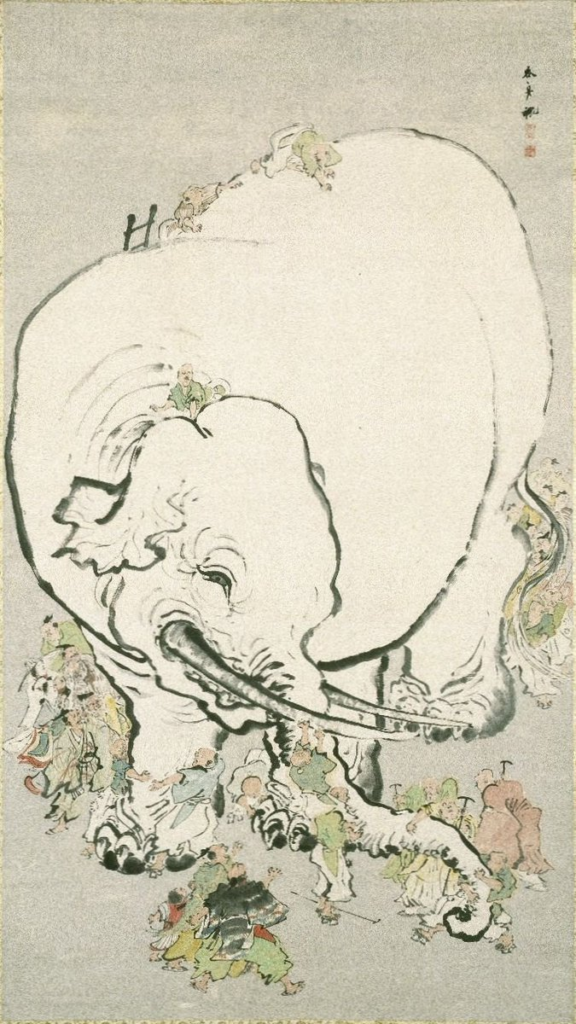

For the reader, it’s rather like wearing earphones plugged into someone’s brain, and monitoring an endless tape-recording of impressions, reflections, questions, memories and fantasies, triggered by physical sensations and the association of ideas. Unlike stream-of-consciousness, which is not punctuated an interior monologue can be integrated into a third-person narrative. It’s a character talking/thinking, using words specific to that character, making assumptions, mistaken judgements, conclusions RIGHT FOR THAT CHARACTER.
Interior monologues in literature are a narrative technique that provides insight into a character’s thoughts, feelings, and inner experiences. They allow readers to delve into a character’s consciousness, providing a deeper understanding of their motivations and emotions. Here’s a list of types of interior monologues commonly found in literature:
- Stream of Consciousness: This type of interior monologue presents thoughts in a continuous, unfiltered flow, mimicking the way the human mind works. It often includes a mix of coherent and fragmented thoughts, memories, and associations.
- Self-Reflective Monologue: Characters engage in introspective reflection, analyzing their own actions, decisions, and emotions. This type of monologue delves into self-awareness and self-evaluation.
- Confessional Monologue: Characters reveal their innermost secrets, regrets, and guilt, as if confessing to themselves or an imagined listener. This type of monologue often provides a sense of emotional release or catharsis.
- Decision-Making Monologue: Characters weigh the pros and cons of a decision they need to make, revealing their internal struggles and thought processes as they consider various options.
- Narrative Monologue: Characters recount past events, often reminiscing about significant moments or experiences. This type of monologue can provide backstory and context for the character’s current situation.
- Obsessive Monologue: Characters fixate on a particular thought, idea, or memory, circling back to it repeatedly as their mind becomes consumed by it.
- Fear or Anxiety Monologue: Characters grapple with their fears and anxieties, revealing their inner turmoil and the mental battles they face.
- Desire Monologue: Characters express their deepest desires and longings, showcasing what they yearn for and the emotional intensity behind those desires.
- Critical Monologue: Characters engage in self-critique or criticism of others, revealing their opinions, judgments, and biases.
- Dream-Like Monologue: These monologues have a surreal quality, blending reality, memory, and imagination. They often lack a linear structure and can feel dream-like in their composition.
- Monologue of Remorse: Characters express regret for past actions or decisions, highlighting their internal struggle to come to terms with their mistakes.
- Philosophical Monologue: Characters ponder existential questions, life’s meaning, and larger philosophical concepts. These monologues delve into deep contemplation and introspection.
- Monologue of Delusion: Characters reveal distorted perceptions of reality, showcasing their psychological instability or descent into madness.
- Monologue of Resilience: Characters reflect on their ability to endure challenges and hardships, displaying their inner strength and determination.
- Monologue of Transformation: Characters explore their personal growth and development, revealing how their experiences have led to changes in their mindset and outlook.
These various types of interior monologues serve to enrich characters, deepen the narrative, and provide readers with a more profound understanding of the human psyche. They are a powerful tool for authors to explore their characters’ inner worlds and connect readers on a deeper emotional level.
















